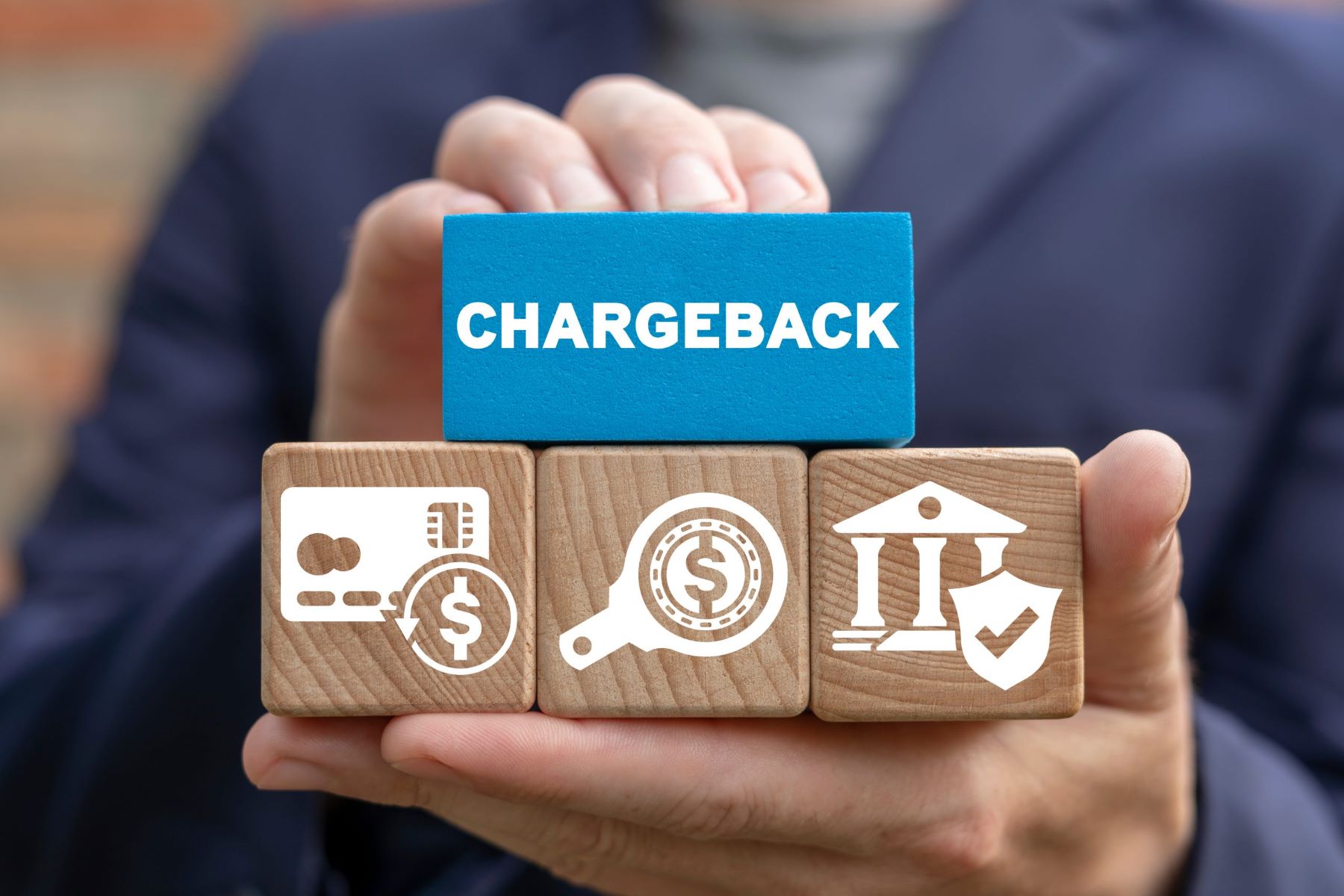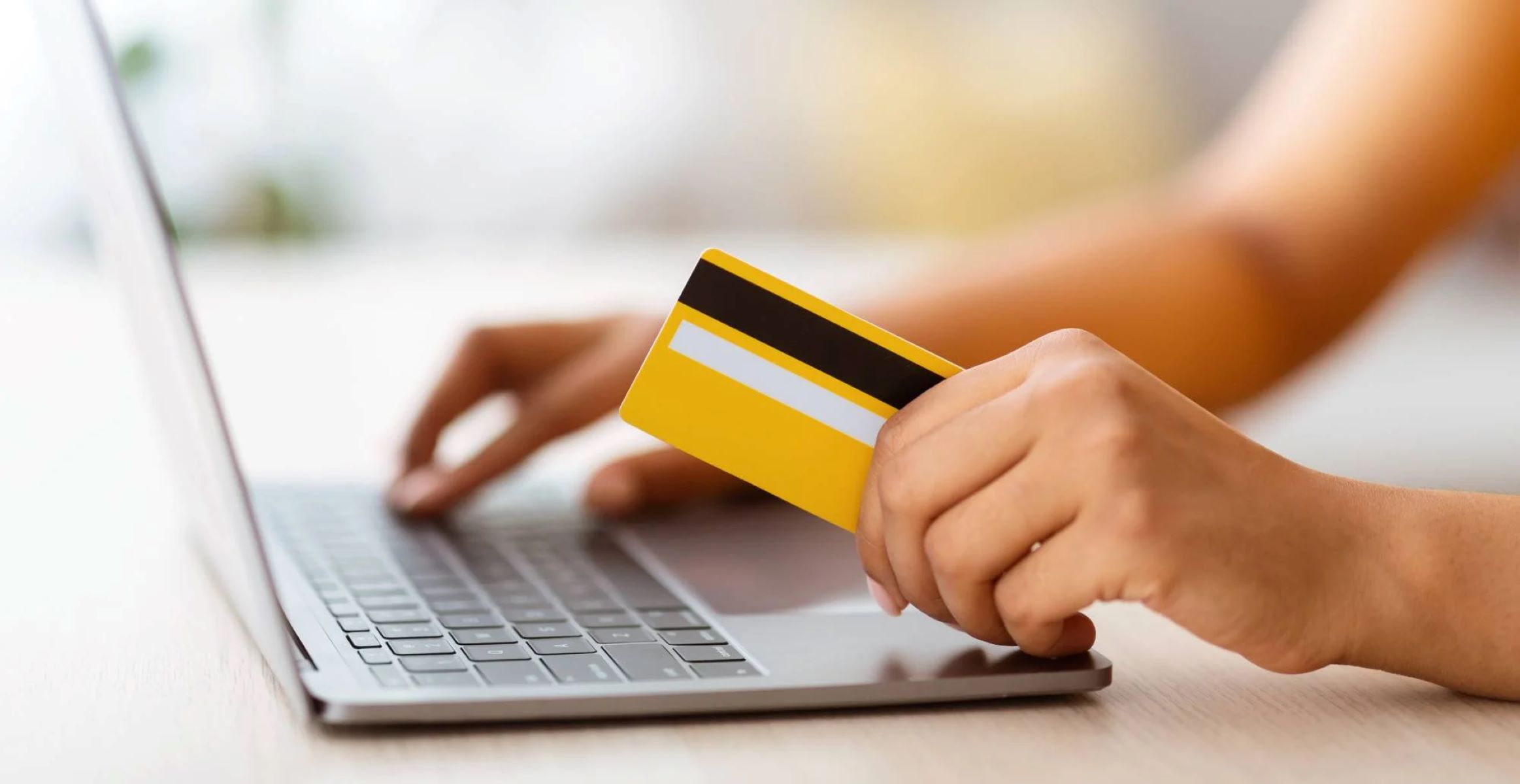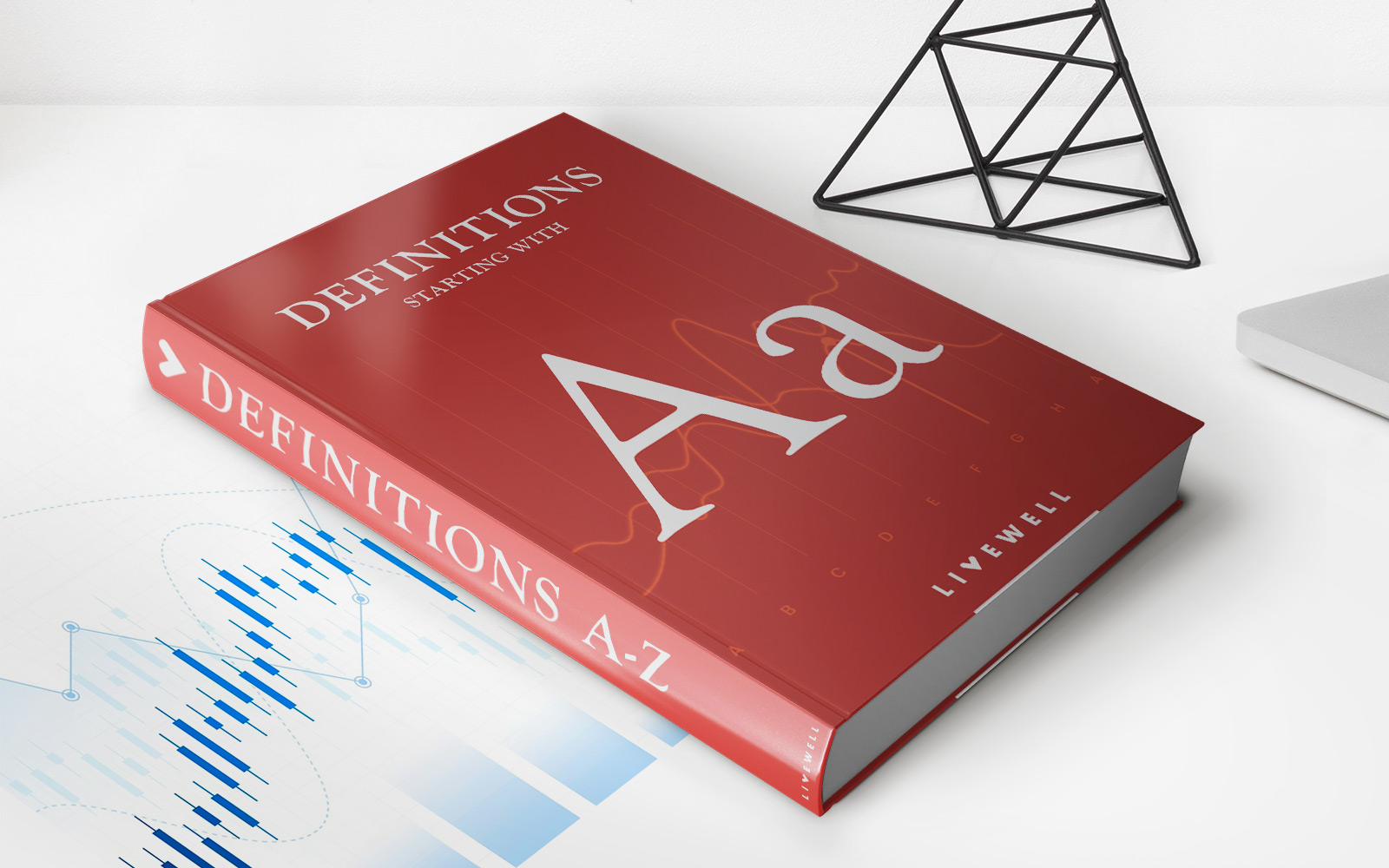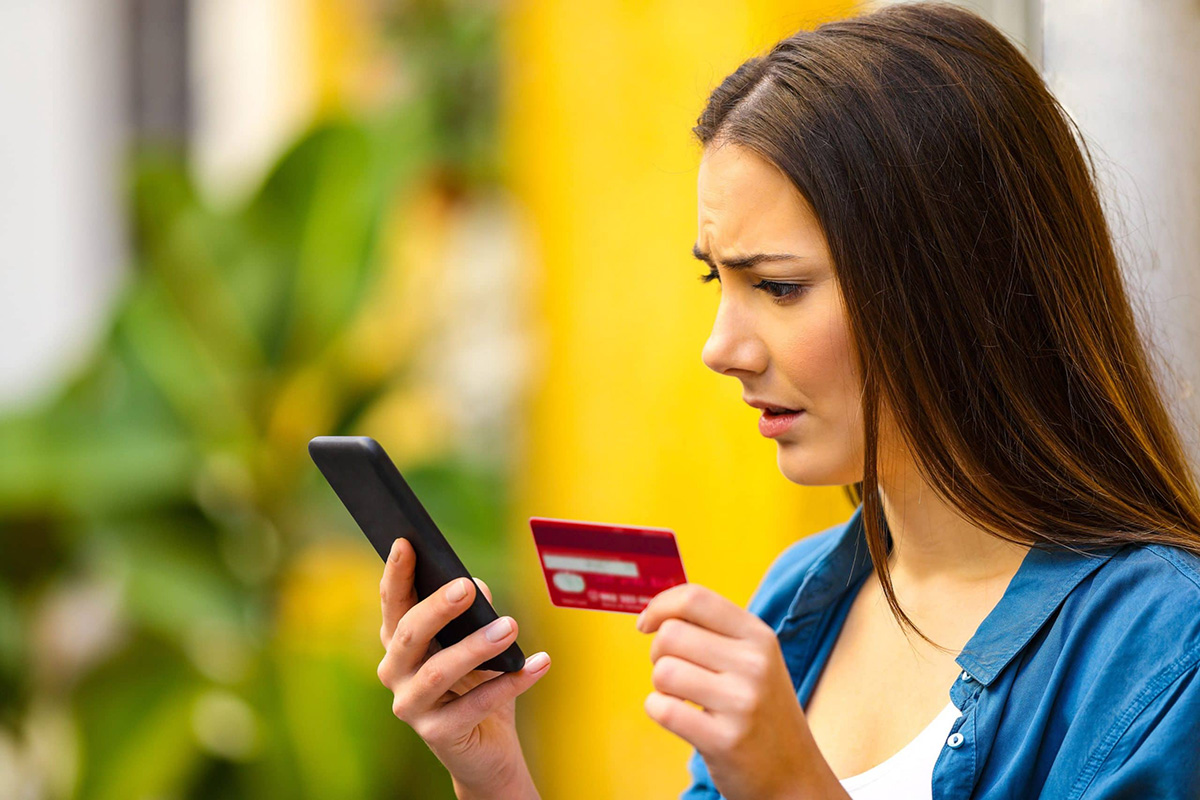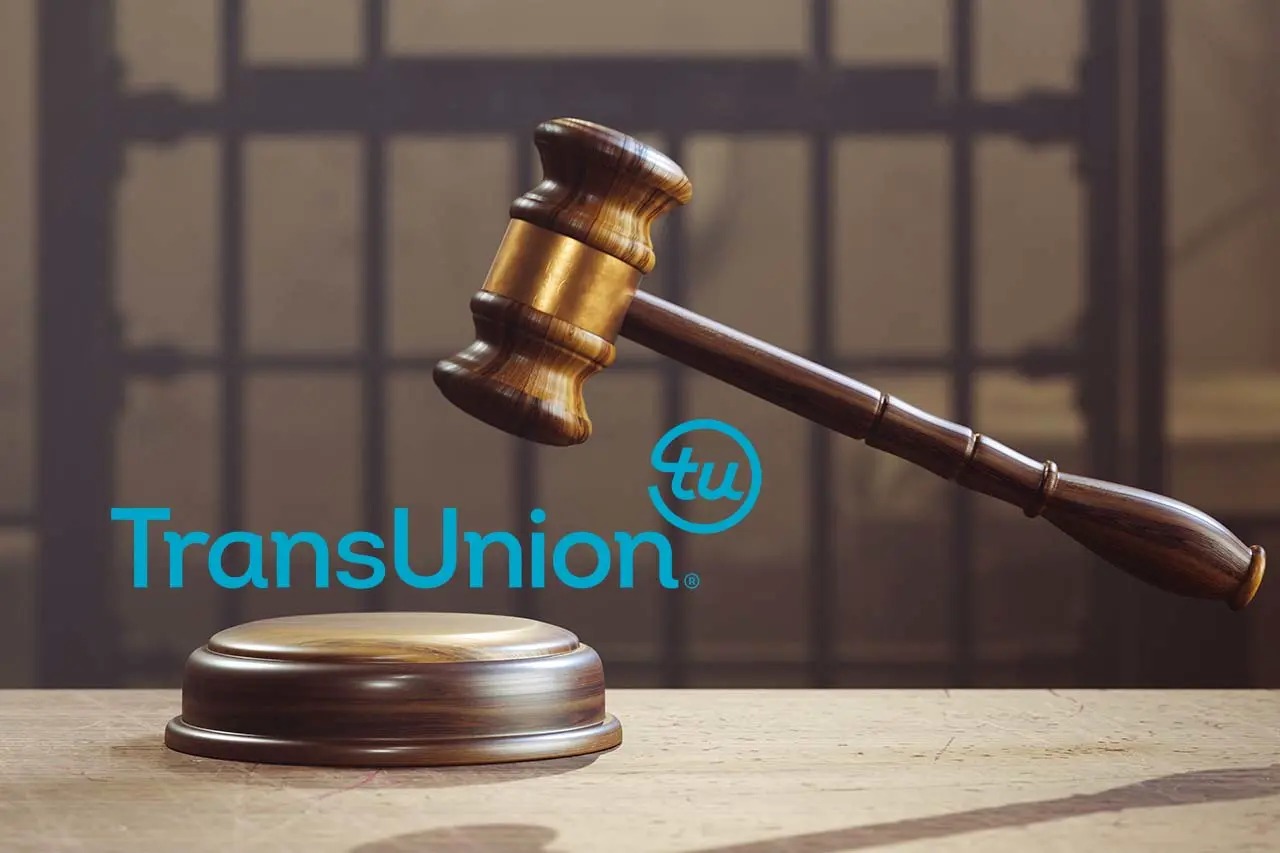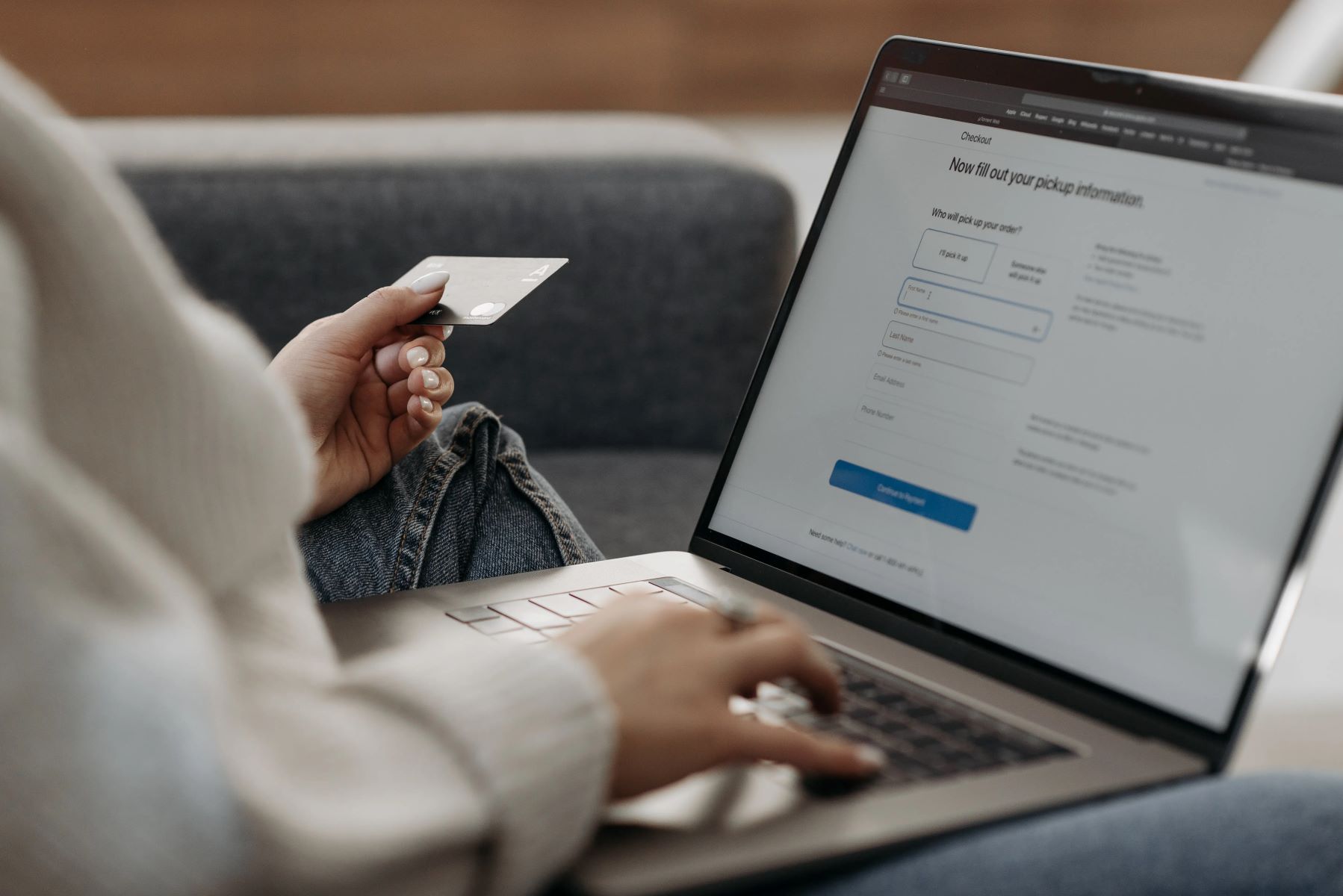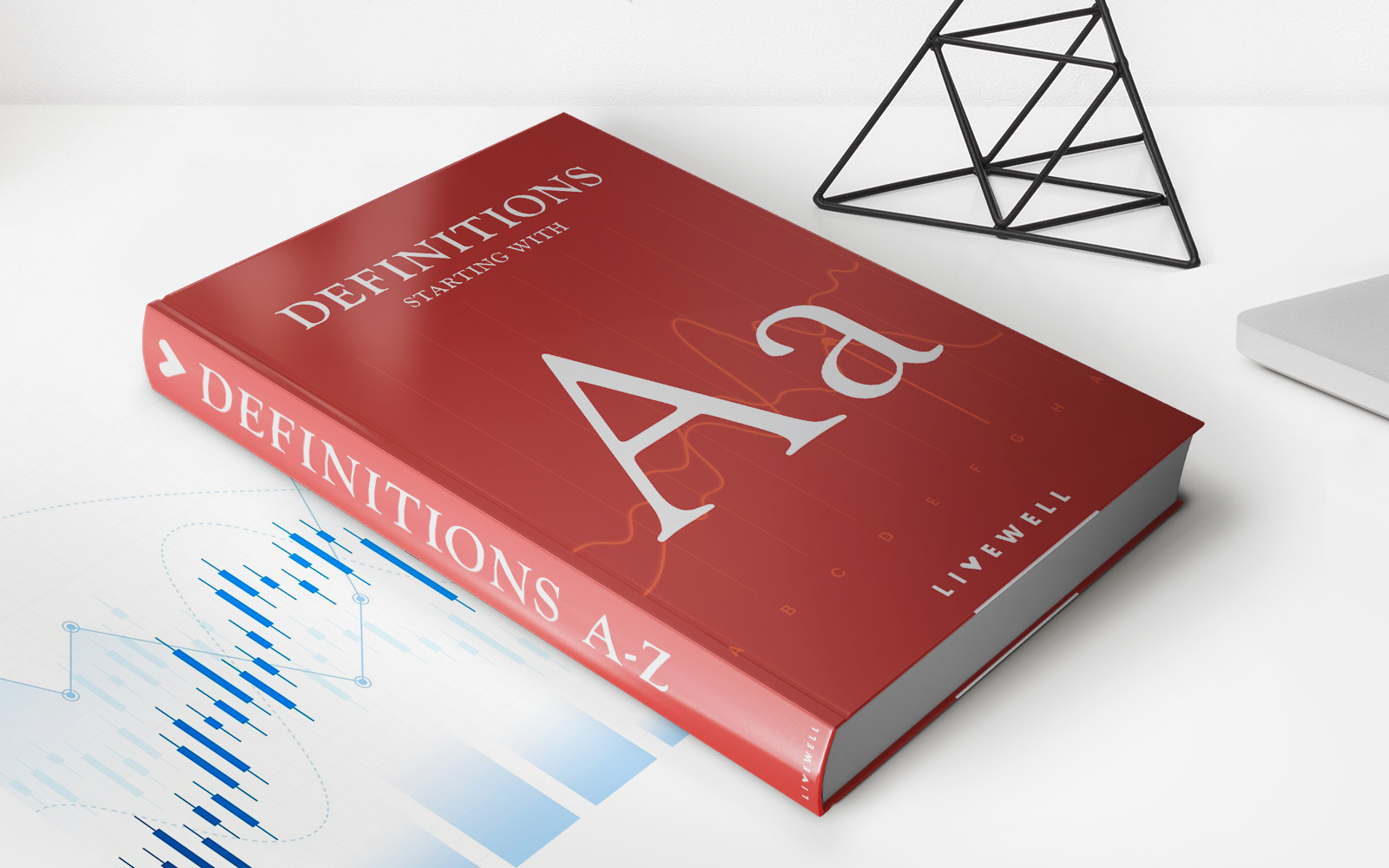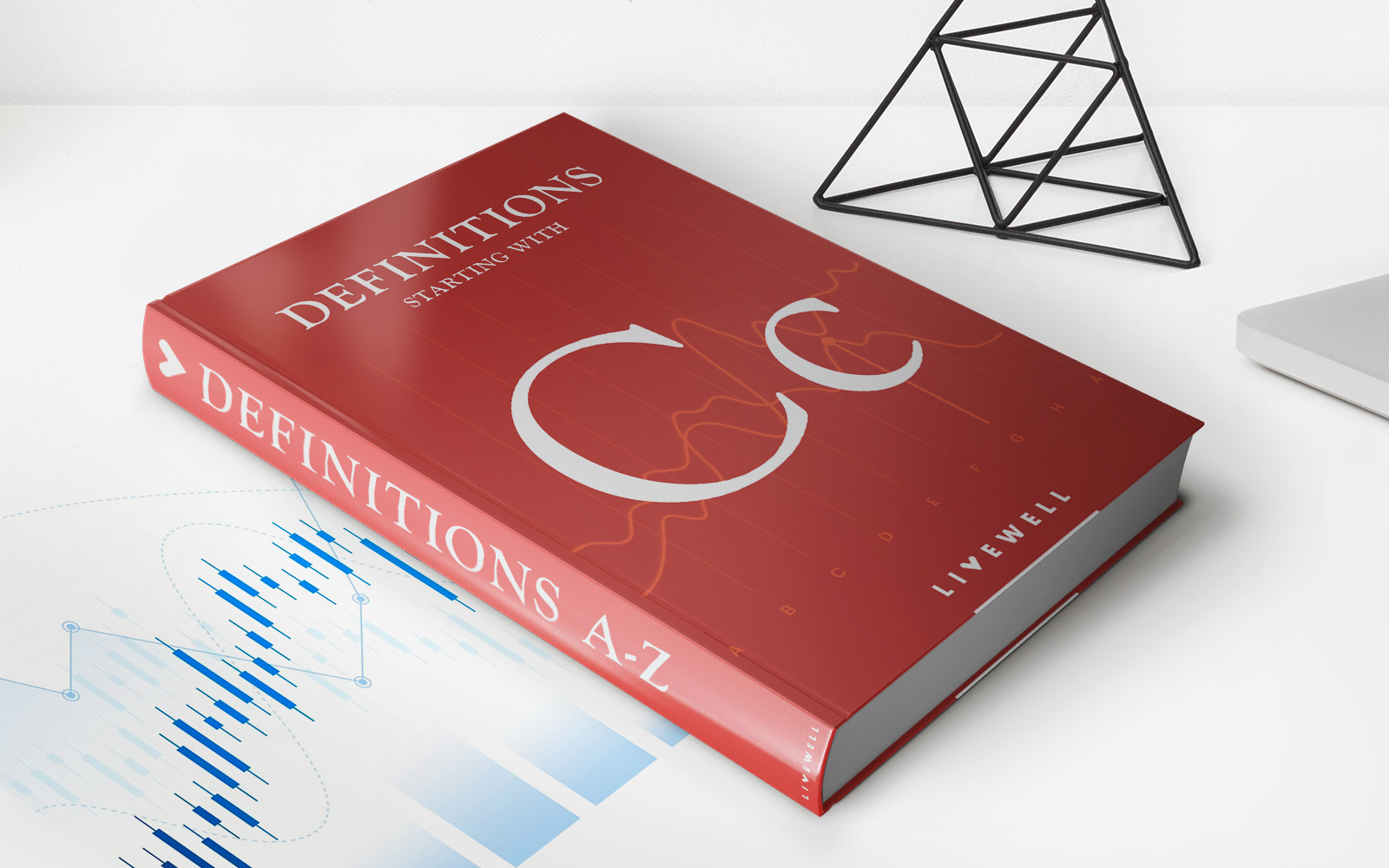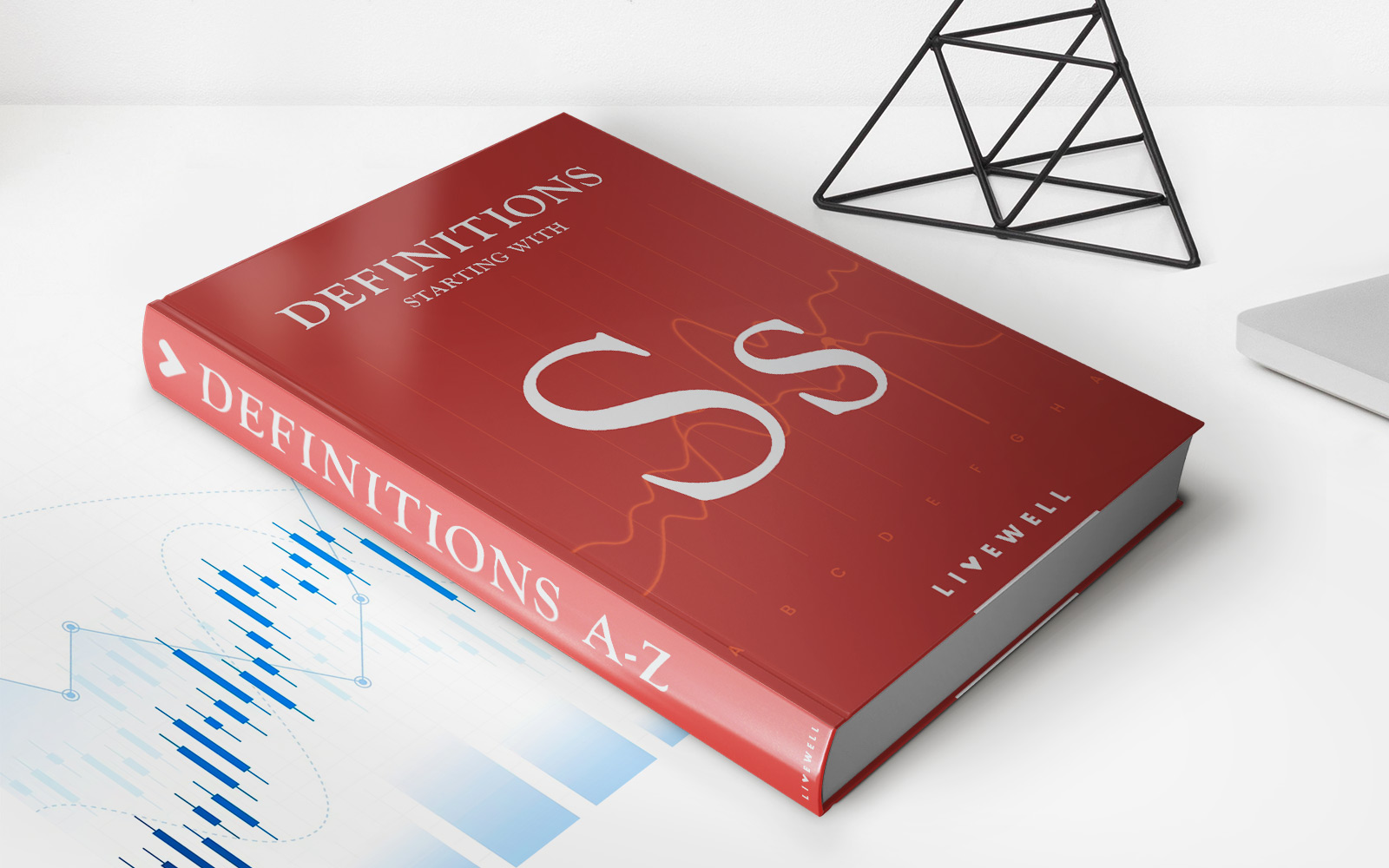Home>Finance>What Is A Chargeback? Definition, How To Dispute, And Example
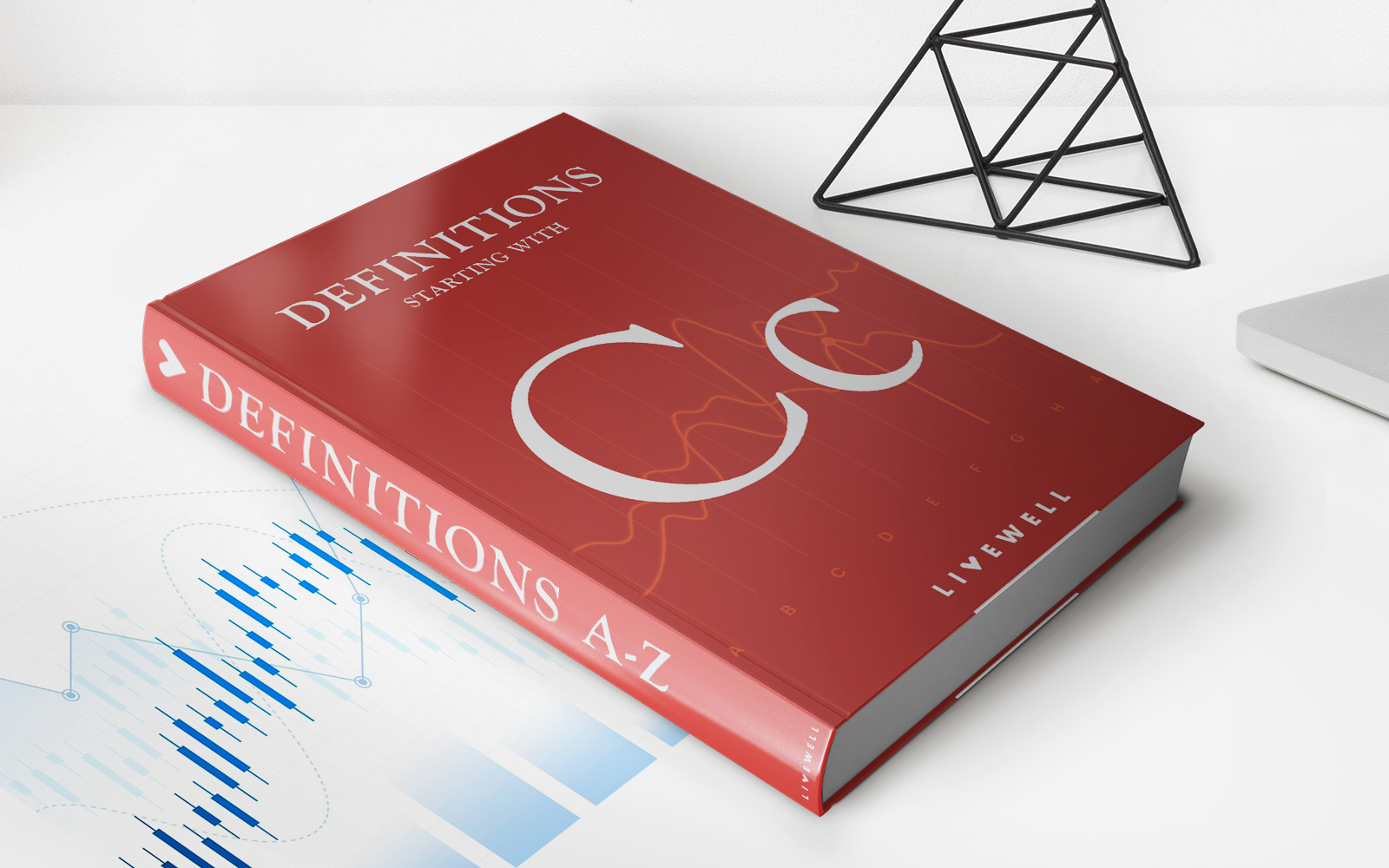

Finance
What Is A Chargeback? Definition, How To Dispute, And Example
Published: October 26, 2023
Learn what a chargeback is in finance, including its definition, how to dispute it, and see an example. Protect your business and finances with a better understanding of chargebacks.
(Many of the links in this article redirect to a specific reviewed product. Your purchase of these products through affiliate links helps to generate commission for LiveWell, at no extra cost. Learn more)
What Is a Chargeback? Definition, How to Dispute, and Example
Welcome to the “Finance” category on our blog! In today’s post, we will demystify the concept of chargebacks – an important term you may have come across while managing your finances. Understanding what chargebacks are, how to dispute them, and seeing an example can help you navigate through potential financial challenges.
Key Takeaways:
- A chargeback is a consumer protection mechanism that allows you to dispute a transaction and reverse a payment made with your credit or debit card.
- Chargebacks can be initiated due to various reasons such as unauthorized charges, goods not received, or defective products/services.
Now, let’s dive into a more detailed explanation of chargebacks.
What is a Chargeback?
A chargeback is a type of financial transaction reversal that occurs when a consumer disputes a charge made on their credit or debit card. It serves as a consumer protection mechanism that allows you to request a refund from your card issuer or bank. Chargebacks can be filed for several reasons, including:
- Unauthorized charges: If you notice transactions on your account that you did not authorize, you may initiate a chargeback to reclaim the funds.
- Goods not received: If you paid for a product or service that was never delivered, you have the right to dispute the charge and potentially receive a refund through a chargeback.
- Defective products/services: In cases where the quality of the purchased goods or services falls short of the promised standards, you can utilize a chargeback to reverse the payment.
Now that we understand what a chargeback is and why you might need to use one, let’s explore the process of disputing a chargeback.
How to Dispute a Chargeback?
Disputing a chargeback involves several steps to ensure a fair resolution. Here’s a general outline of the process:
- Contact the merchant: Before proceeding with a chargeback, it’s essential to attempt resolving the issue directly with the merchant. Communicate your concerns, provide any necessary evidence, and try to reach a mutually satisfactory outcome.
- Gather evidence: If your dispute with the merchant remains unresolved, start collecting evidence to support your chargeback claim. This may include receipts, emails, tracking numbers, or any other documentation that strengthens your case.
- Contact your card issuer or bank: Reach out to your card issuer or bank to inform them about the disputed charge. They will guide you through their specific chargeback process, which typically involves submitting the required documentation and completing the necessary forms.
- Investigation and resolution: Your card issuer or bank will investigate the dispute, review the evidence provided, and make a determination. If your claim is successful, the funds will be returned to your account.
Remember, it’s crucial to keep track of all communications and deadlines during the chargeback process to ensure a smooth resolution.
Chargeback Example:
Let’s explore a hypothetical chargeback example to further illustrate the concept:
Emma purchased a pair of shoes online, but when they arrived, they were significantly different from the product description. Despite attempting to resolve the issue with the merchant, their customer service was unresponsive.
Frustrated with the lack of resolution, Emma decides to initiate a chargeback with her credit card issuer. She gathers evidence, such as screenshots of the product description, photos of the received shoes, and copies of her communication with the merchant.
Emma submits her chargeback claim and documentation to her credit card issuer, who then investigates the dispute. After careful examination, they determine that Emma’s claim is valid, and she is refunded the amount she paid for the shoes.
This example showcases how chargebacks can provide consumers with a means to protect themselves and seek resolutions when faced with issues related to their purchases.
Conclusion
Being aware of chargebacks and understanding how to dispute them is vital in safeguarding your financial interests. Remember to attempt resolving the problem directly with the merchant before initiating a chargeback. If all else fails, contact your card issuer or bank and provide the necessary evidence to support your claim.
We hope this blog post has provided you with valuable insights into chargebacks. Stay tuned for more informative articles in the “Finance” category and ensure you are equipped to handle various financial situations with confidence!


